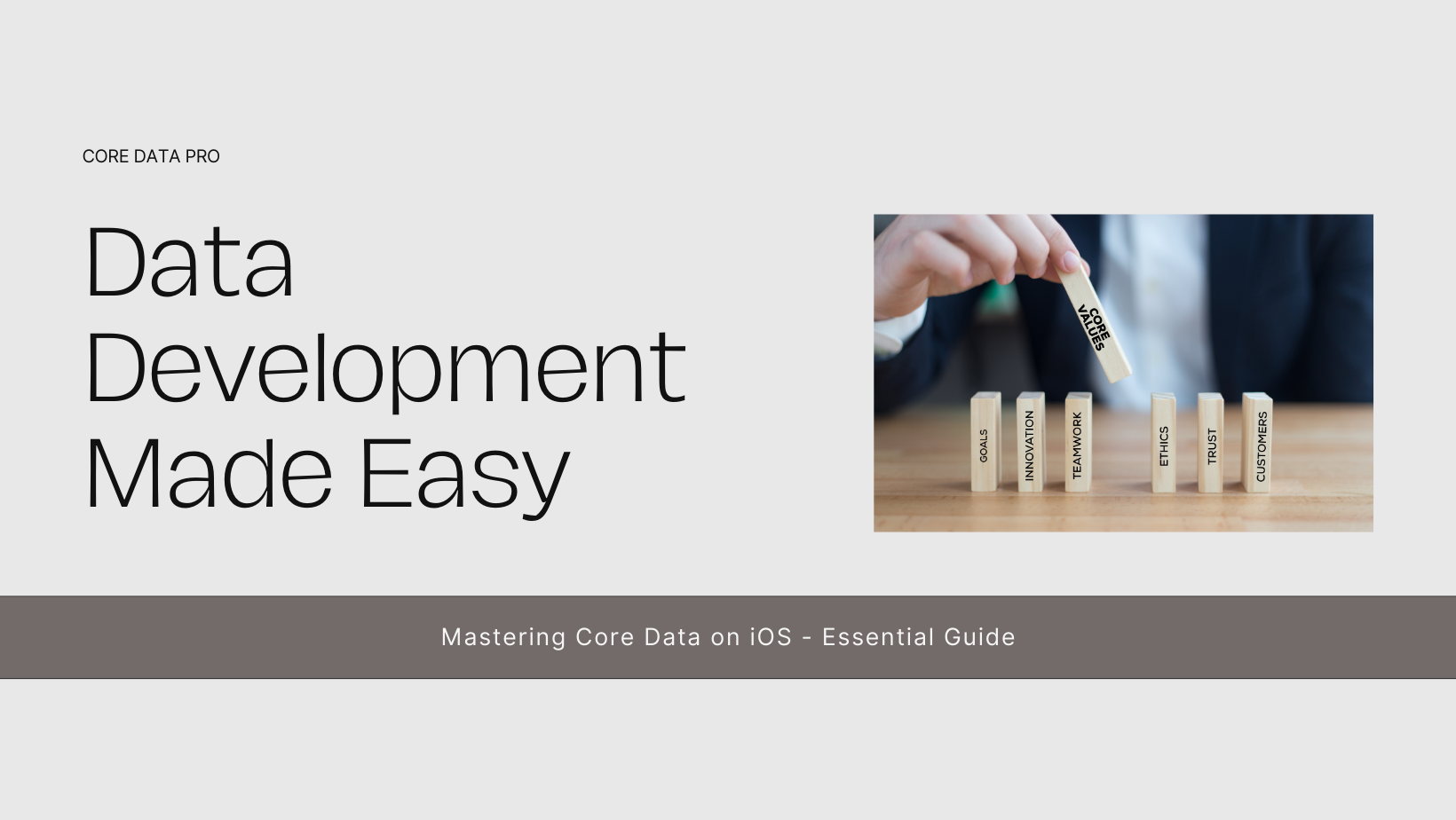In today’s competitive mobile app market, performance optimization is crucial for the success of any iOS application. Users expect fast, responsive, and seamless experiences, and even a slight lag can lead to negative reviews and uninstalls. Optimizing your iOS app not only enhances user satisfaction but also improves app store rankings and retention rates. This comprehensive guide will cover essential strategies for optimizing iOS apps for performance, ensuring they run smoothly and efficiently on all devices.
1. Efficient Memory Management
Understand Memory Usage
Effective memory management is fundamental to app performance. Use Xcode’s Instruments tool to monitor your app’s memory usage. Identify memory leaks, which occur when objects that are no longer needed are not released. Regularly test your app on different devices to understand its memory footprint.
Optimize Data Structures
Choose the most appropriate data structures for your needs. For instance, using a Set instead of an Array for unique elements can save memory and improve performance. Similarly, avoid using memory-heavy objects like large images or complex data structures unless necessary.
Manage Autorelease Pool
In scenarios involving extensive memory usage, like processing large datasets or creating many temporary objects, managing the autorelease pool can be beneficial. Use @autoreleasepool blocks to release objects sooner, reducing peak memory usage.
2. Reduce App Launch Time
Lazy Loading
Implement lazy loading to delay the creation of objects until they are needed. This approach can significantly reduce initial load times and spread the memory usage over time.
Optimize Initial View Controller
Ensure the initial view controller is lightweight. Avoid complex logic and heavy processing during the app’s startup. Load only essential data and defer non-critical tasks until after the app has launched.
Use Background Threads
Move non-UI-related tasks to background threads to prevent blocking the main thread. Using Grand Central Dispatch (GCD) or OperationQueue allows you to run intensive tasks in the background, keeping the UI responsive.
3. Optimize Networking
Use URLSession Efficiently
Efficient network communication is key to app performance. Use URLSession for all networking tasks and take advantage of its background capabilities to perform network operations even when the app is not in the foreground.
Cache Responses
Implement caching to avoid unnecessary network requests. Use NSURLCache to store responses and retrieve them when needed, reducing load times and data usage.
Optimize Data Formats
Choose efficient data formats for network communication. JSON is typically preferred over XML due to its smaller size and faster parsing. When dealing with large datasets, consider compressing data before transmission.
4. Optimize UI Rendering
Minimize View Hierarchy
A complex view hierarchy can slow down rendering. Use as few views as possible and avoid nesting views deeply. Flattening the view hierarchy can significantly improve performance.
Reuse Views
Reuse views where possible, especially in table views and collection views. Dequeue reusable cells instead of creating new ones, reducing memory usage and improving scrolling performance.
Optimize Drawing Code
If you perform custom drawing, ensure the code is optimized. Avoid unnecessary redraws and use Core Graphics functions efficiently. Use opaque views where possible, as they are cheaper to render than transparent views.
5. Efficient Data Handling
Optimize Core Data
If your app uses Core Data, optimize your fetch requests and use background contexts for intensive operations. Batch processing and avoiding complex predicates can improve performance.
Use SQLite Directly
For more control over data handling, consider using SQLite directly. This approach can be more efficient than Core Data for certain use cases, such as handling large datasets with complex queries.
Reduce Data Footprint
Minimize the amount of data stored locally. Remove unnecessary data and regularly clean up outdated or temporary files. Use lightweight data formats like JSON or plist for local storage.
6. Battery and Resource Management
Optimize Background Tasks
Background tasks can drain battery life and consume resources. Use background modes judiciously and ensure tasks complete as quickly as possible. Limit the use of background location updates and push notifications.
Efficient Use of Location Services
If your app relies on location services, choose the most appropriate location accuracy for your needs. Using high accuracy continuously can drain battery quickly. Instead, opt for significant location changes or specific geofences where possible.
Minimize Use of Sensors
Using device sensors like the accelerometer or gyroscope continuously can impact battery life. Use these sensors only when necessary and stop them when they are not needed.
7. Profiling and Testing
Use Instruments
Xcode’s Instruments is an invaluable tool for profiling your app. Use it to detect memory leaks, analyze CPU usage, track network activity, and monitor disk I/O. Regular profiling can help identify and resolve performance bottlenecks.
Perform Stress Testing
Conduct stress tests to ensure your app performs well under heavy load. Simulate scenarios with high user activity, large datasets, and extreme network conditions to test your app’s resilience.
Test on Real Devices
Always test your app on real devices, covering a range of models and iOS versions. Emulators may not accurately reflect performance issues that occur on actual devices. Pay special attention to older devices with lower specs.
8. Optimize Code and Algorithms
Refactor Code
Regularly refactor code to improve efficiency. Simplify complex logic, remove redundant code, and ensure that algorithms are optimized for performance.
Use Swift’s Performance Features
Take advantage of Swift’s performance-oriented features, such as value types (structs) and copy-on-write semantics. Swift’s type system and modern language features can help you write efficient and safe code.
Leverage Concurrency
Utilize concurrency to perform multiple tasks simultaneously. Use GCD or OperationQueue to run tasks in parallel, making full use of multicore processors. Ensure that concurrency is managed correctly to avoid race conditions and deadlocks.
9. Graphics and Animation
Optimize Animations
Smooth animations enhance the user experience but can be resource-intensive. Use Core Animation efficiently, avoiding complex animations that may impact performance. Use UIViewPropertyAnimator for complex animations with better control.
Compress Images
Large images can slow down your app and consume significant memory. Compress images to an optimal size and format before adding them to your project. Use image assets for different device resolutions to avoid unnecessary scaling.
Use Vector Graphics
Where possible, use vector graphics (PDFs or SVGs) instead of raster images. Vector graphics are resolution-independent and can reduce the overall app size and memory usage.
10. App Store Optimization (ASO)
Optimize Metadata
While not directly related to performance, optimizing your app’s metadata (title, description, keywords) can improve visibility and downloads. Ensure that your app’s performance features are highlighted in the description and screenshots.
Encourage Reviews
Positive reviews and ratings can improve your app’s ranking. Encourage satisfied users to leave reviews and respond promptly to feedback, addressing any performance-related concerns.
Regular Updates
Regularly update your app to address performance issues and incorporate user feedback. Continuous improvement is key to maintaining a high-performing app and retaining users.
Conclusion
Optimizing iOS apps for performance is a continuous process that requires attention to detail and a proactive approach. By focusing on efficient memory management, reducing app launch time, optimizing networking, and enhancing UI rendering, you can significantly improve your app’s performance. Additionally, managing battery and resource consumption, thorough profiling and testing, and regular code optimization will ensure your app remains competitive in the market.
At Sodio Technologies, we specialize in creating high-performance iOS apps that deliver exceptional user experiences. Our team of experienced developers is committed to optimizing every aspect of your app, from initial design to post-launch updates. Contact us today to learn how we can help you build a top-performing iOS app that stands out in the crowded app market.







